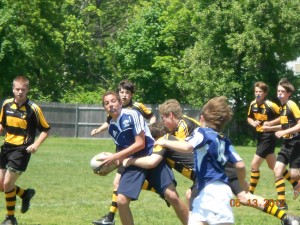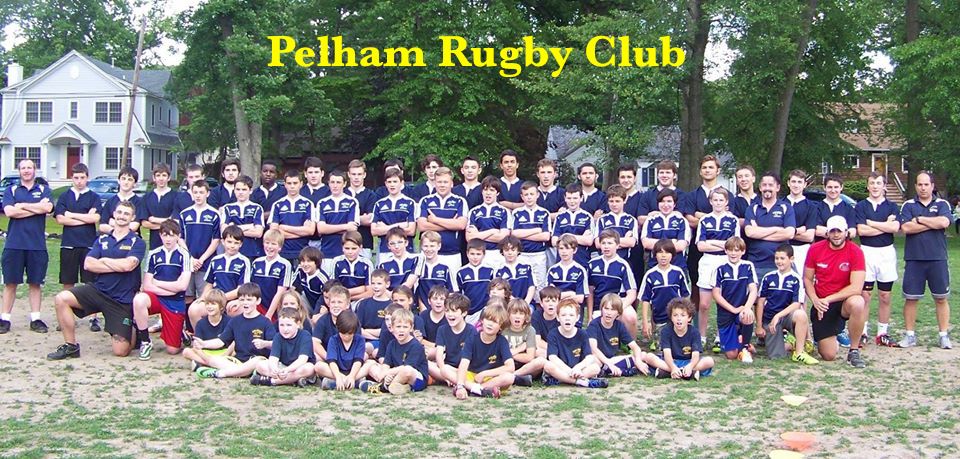 The stiff arm, or “fend” as it is known around the world, is a very good tool to have to avoid being tackled. The whole idea of the stiff arm is to create space between the tackler and the ball carrier. When teaching tackling, we always emphasize being close when you make contact and driving through the tackle. So when you coach the ball carrier to avoid being tackled, you want them to keep some distance between the ball carrier and the tackler and not allow the tackler to drive through them.
The stiff arm, or “fend” as it is known around the world, is a very good tool to have to avoid being tackled. The whole idea of the stiff arm is to create space between the tackler and the ball carrier. When teaching tackling, we always emphasize being close when you make contact and driving through the tackle. So when you coach the ball carrier to avoid being tackled, you want them to keep some distance between the ball carrier and the tackler and not allow the tackler to drive through them.Five steps to performing a “fend:”
- Prior to contact, the ball carrier should be “square,” meaning facing up field and not running sideways. The ball should be in two hands so the ball carrier is not telegraphing what he or she will do. And the ball carrier should be low and in a good “power”position.
- As the defender approaches, the ball carrier should transfer the ball to the hand furthest away from the tackler.
- The ball carrier should look to separate himself from the tackler. Using quick feet, the ball carrier should step into space as the tackler comes into the tackle, thus preventing the tackler from getting close (run at arms not bodies).
- Be on the attack! At this point, the ball carrier needs to remember they are in charge. They have the ball. They dictate what happens. The ball carrier should look to attack the tackler’s strong point, the leading shoulder. Using the arm that is closest to the defender (the one without the ball!), the ball carrier should use his palm to hit the tackler’s leading shoulder, driving it away from himself.
- Last very important step. As soon as the palm hits the shoulder, the ball carrier needs to accelerate away from the tackler, hopefully leaving the tackler grasping for air! Even if the ball carrier is tackled at this point, she or he will fall past the tackler and may pass from this position behind the tackler or may go to ground, allowing his/her team to more effectively ruck.
